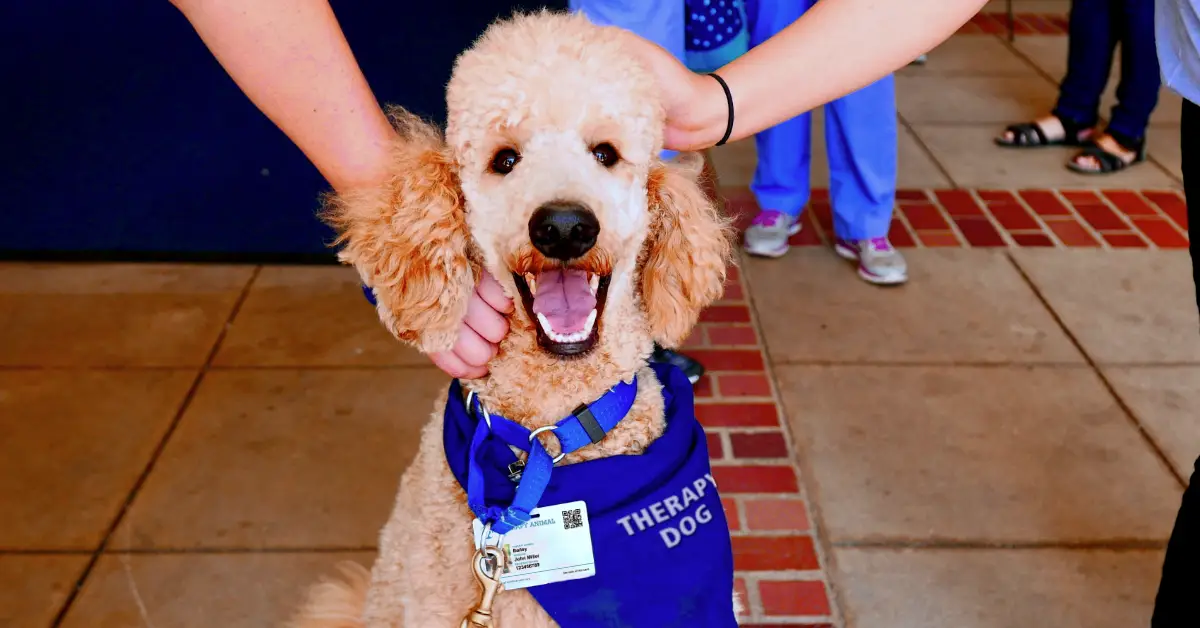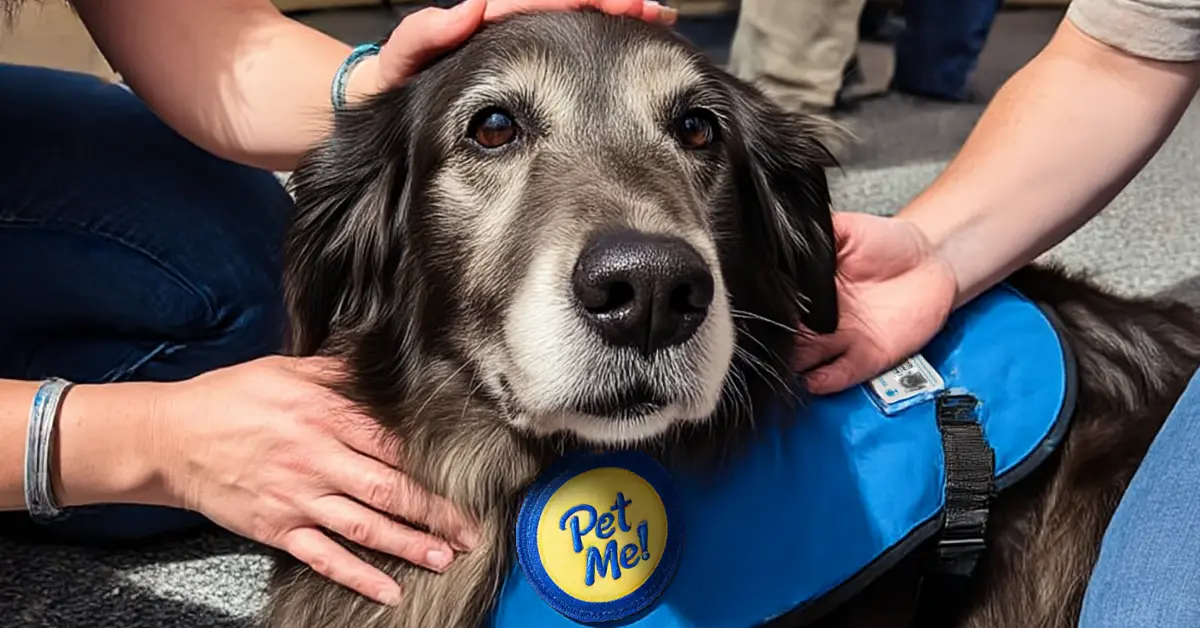Apologies, but no results were found. Perhaps searching will help find a related post.
Understanding Therapy Animals and Their Qualifications
Explore therapy animal requirements, certification processes, and working environments. Learn the differences between therapy animals, service dogs, and ESAs.

Most Popular Therapy Animal Articles
How to Register Your Dog as a Therapy Dog?
Humans are lucky to have dogs as our companions. Dogs used to help us watch livestock or help us hunt. Now, they are here to provide... Read more
Can a Pit Bull Be a Therapy Dog or Emotional Support Dog?
When we say "Pitbull," it may unfairly conjure up images of a blood-thirsty beast out to destroy anything in its path. Nothing could be further... Read more
How to Certify a Therapy Dog
Getting your dog certified as a therapy dog can give it more credibility and open doors to places that need them, like hospitals, schools, and... Read more
Therapy Dog Certification Online
Here's what to do if you want to certify your therapy dog online: Complete therapy dog handler training Make sure your dog can pass a... Read more
Can a Service Dog also be a Therapy Dog
Although they both offer vital services, a service dog and a therapy dog are not the same. These two types of dogs are not afforded... Read more




